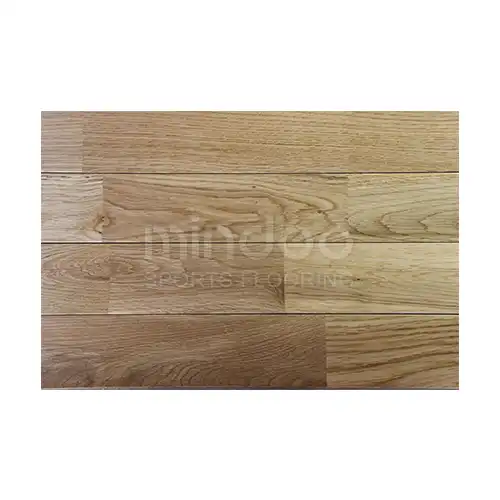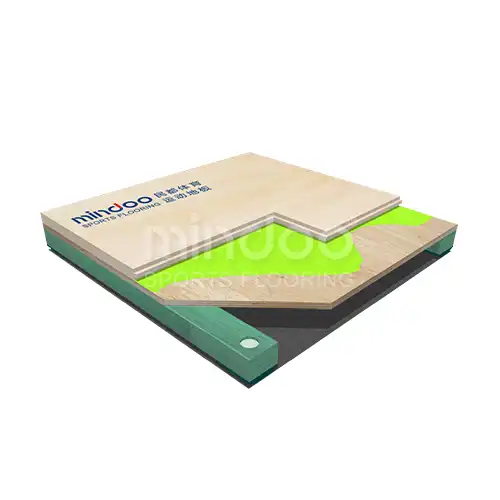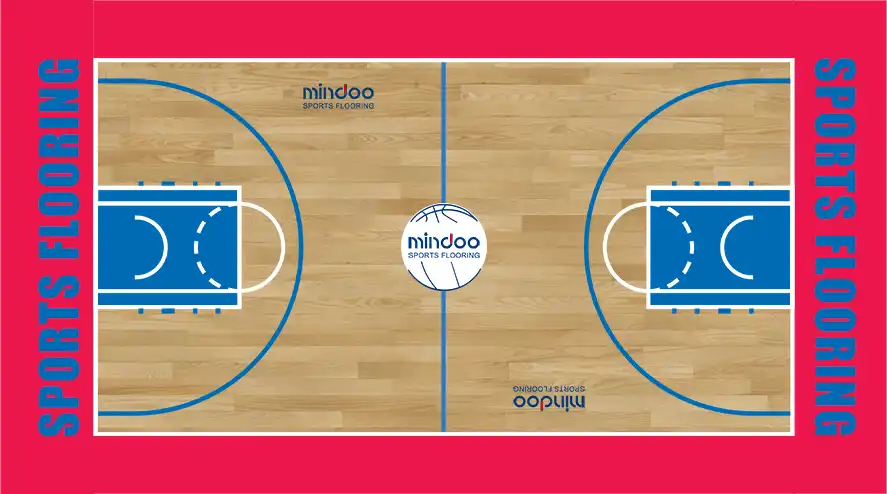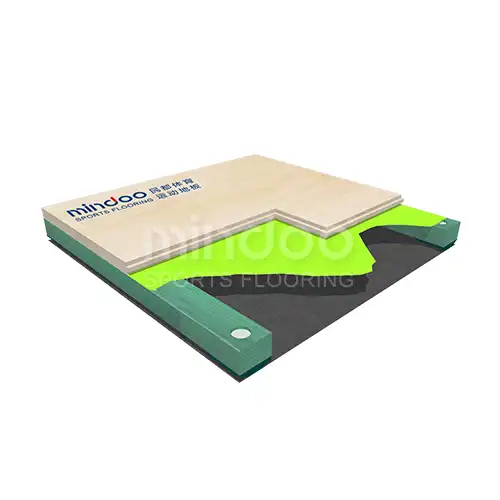Court Aesthetics and Performance: What Do Basketball Players Really Want in Their Arena?
The Hidden Influence of Court Design: A Deep Dive into Player Preferences
Basketball courts are more than just functional spaces—they’re the stage on which athletes perform, the backdrop for intense competition, and the environment that can influence game flow and player performance. But what do basketball players themselves truly want from their playing environments? From the vibrant visuals to the feel of the floor beneath their feet, court aesthetics and design have a greater impact than many might expect.
While flashy courts and eye-catching designs might seem like a fan-centric addition, surveys and interviews with professional and college basketball players reveal that the design and condition of the court play a huge role in the way athletes approach the game. So, what are players really looking for when it comes to court style?
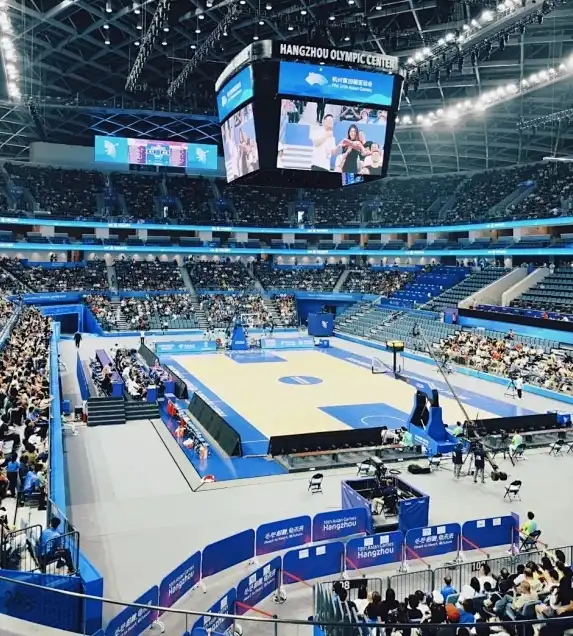
Visual Impact: Simplicity vs. Creativity
In a 2022 interview with Bleacher Report, NBA player Draymond Green commented on how court design has become a growing concern for athletes in the league. He specifically highlighted the importance of a clean, simple aesthetic that enhances focus rather than detracts from it. "A busy court can throw you off," Green explained. "You want to see the lines clearly, and the colors need to work in harmony with the surroundings."
Interestingly, players have a wide range of opinions on what makes a court visually appealing. Some prefer sleek, minimalist designs with neutral tones, while others enjoy courts featuring bold colors and distinctive themes. The Brooklyn Nets, for example, are known for their stark black-and-white court design, which emphasizes simplicity and elegance. On the flip side, courts like the ones at the University of Oregon’s Matthew Knight Arena are famous for their bold use of colors and intricate floor designs that reflect the school’s identity.
But despite these contrasting tastes, one common thread emerges: players overwhelmingly prefer courts that don’t distract them from the game. Research shows that clarity in markings, visible boundaries, and a balanced color scheme are crucial for player focus. A chaotic or overly detailed design might undermine a player’s mental preparation for a game, especially when it comes to crucial aspects like court awareness and positioning.
The Court’s Feel: Performance and Safety Over Aesthetics
While the visual appeal of a basketball court can be debated, one aspect that all players can agree on is the importance of the floor’s performance. The surface texture and material of the court affect every aspect of a game, from quick pivots to explosive jumps. For basketball players, the surface needs to strike a delicate balance between grip and smoothness.
Court surfaces that are too slick or too sticky can cause injury. According to a 2021 survey conducted by Sports Illustrated of over 50 professional and college players, 75% of respondents said that their most important consideration for a court was the floor’s ability to provide traction without being overly abrasive. “You need a floor that allows for quick lateral movement and sudden stops,” said WNBA player Sabrina Ionescu. “If the floor is too slippery, you can’t give your best performance.”
For most players, wooden surfaces are the gold standard. Hardwood courts, often made of maple or oak, are durable and flexible, providing an ideal balance between grip and speed. However, new materials, like synthetic floors, have begun to gain traction, especially for leagues with a higher volume of games, due to their ability to withstand wear and tear more efficiently.
One key factor is the finish of the floor. Players prefer floors with a smooth but not too shiny finish, as it provides both comfort and safety. Too much gloss can make the floor slippery, while a matte finish offers the best grip. This attention to detail is vital for reducing risk and maintaining the high level of performance required at the professional and collegiate levels.

Court Lighting: The Unsung Hero of Performance
Lighting may seem like an afterthought, but players have made it clear that the right kind of illumination can make a huge difference in their performance. A 2020 study by the Journal of Sports Science revealed that poorly lit arenas or uneven lighting can affect player visibility, leading to poor performance, especially in high-stakes moments.
"Good lighting is crucial for your focus, especially when you're in the middle of a fast break or lining up a last-second shot," says NBA star Stephen Curry. "You want to see the ball clearly, the defenders, and the basket. Poor lighting can mess with your depth perception."
Many players also talk about the impact of lighting on their mood and energy levels. Courts with bright, consistent lighting often help boost a player’s focus, while dim or uneven lighting can lead to a sense of fatigue or confusion during the game. As more arenas upgrade their lighting systems with LED technology, this factor continues to evolve, with players praising bright, evenly distributed lighting that mimics natural daylight.
Fan Engagement: The Influence of Court Design on the Game-Day Experience
While the players' perspective is essential, it’s impossible to ignore the role that court design plays in fan engagement. Fans experience the game from a different angle, often admiring the court’s design, colors, and branding. For teams, court design is a tool for creating a unique identity and enhancing the fan experience.
Players like LeBron James understand the importance of the court's visual impact not only for athletes but also for fans. "The court is like a canvas—it’s where we get to perform, but it’s also where the fans engage. The energy they bring from the stands fuels us, and a well-designed court can amp up that energy."
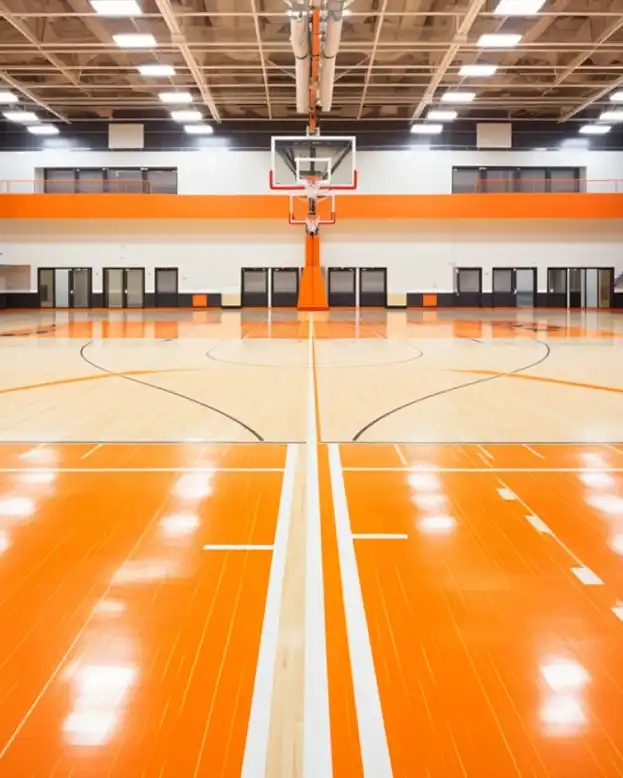
In fact, a 2019 study by ESPN revealed that fans are more likely to stay engaged and emotionally connected to games when they feel the court design matches the team’s identity. This includes everything from team logos to court lines and colors. Courts that embrace this visual identity help establish a deeper connection between the players, the team, and the fans.
Ultimately, basketball players’ preferences in court design reflect a combination of functionality, aesthetics, and safety. For professional athletes, performance is always the primary concern, but design elements such as floor type, clarity of markings, and even lighting are critical to ensuring peak performance. Whether it’s a minimalist court like those found in the NBA or a vibrant, creative design like those seen in collegiate arenas, one thing is clear: the right court setup can positively impact not only how players perform but also how they connect with the game and the fans in the stands.
As the game evolves, so too will the designs of the courts on which these athletes perform. Understanding the player’s perspective will continue to drive the conversation around how to create courts that are safe, effective, and, yes, visually exciting. The next time you’re watching a game, take a moment to appreciate the thought and science that goes into creating the ultimate basketball stage.

